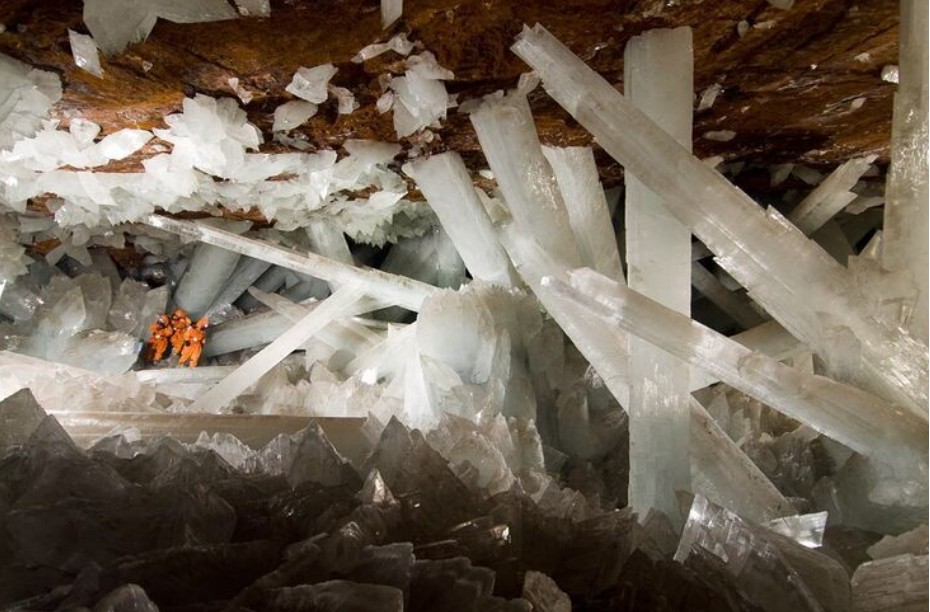290 Meters Deep, a Door to Earth's 26-Million-Year Crystal Cathedral
In 2000, two Mexican miners finishing a routine shift in the Naica mine were faced with a wall collapse that released a blast of hot, humid air. At 290 meters underground, the air was 58°C with nearly 100 percent humidity, a heat that would have overwhelmed anyone unless curiosity pushed them to look inside. What they found was not a standard mining hazard but a hall filled with crystals growing from the floor, walls, and ceiling—crystals up to 11 meters long, gleaming as if carved from ice. This moment would become a turning point: a discovery that stunned the world and redefined what a mineral chamber could be.
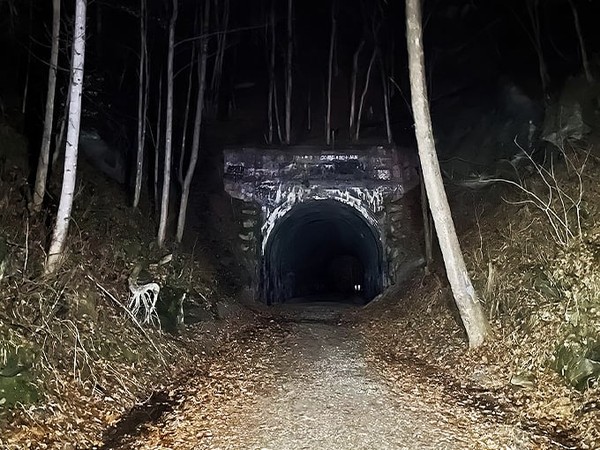
In This Article:
Discovery Sparks a Scientific Shockwave
Engineer Roberto González immediately understood the significance: this was more than a geological quirk; it was a global scientific sensation. He ordered the tunnel redirected to avoid destroying the chamber and contacted scientists, inviting the world to witness Crystal Cave — a place where nature’s scale and time outstrip ordinary imagination. Inside, temperatures ranged from 54°C to 58°C and humidity hovered near 100%, a climate that makes even protected lungs struggle when exposed for too long. The decision to study rather than mine transformed a perilous accident into a research landmark.
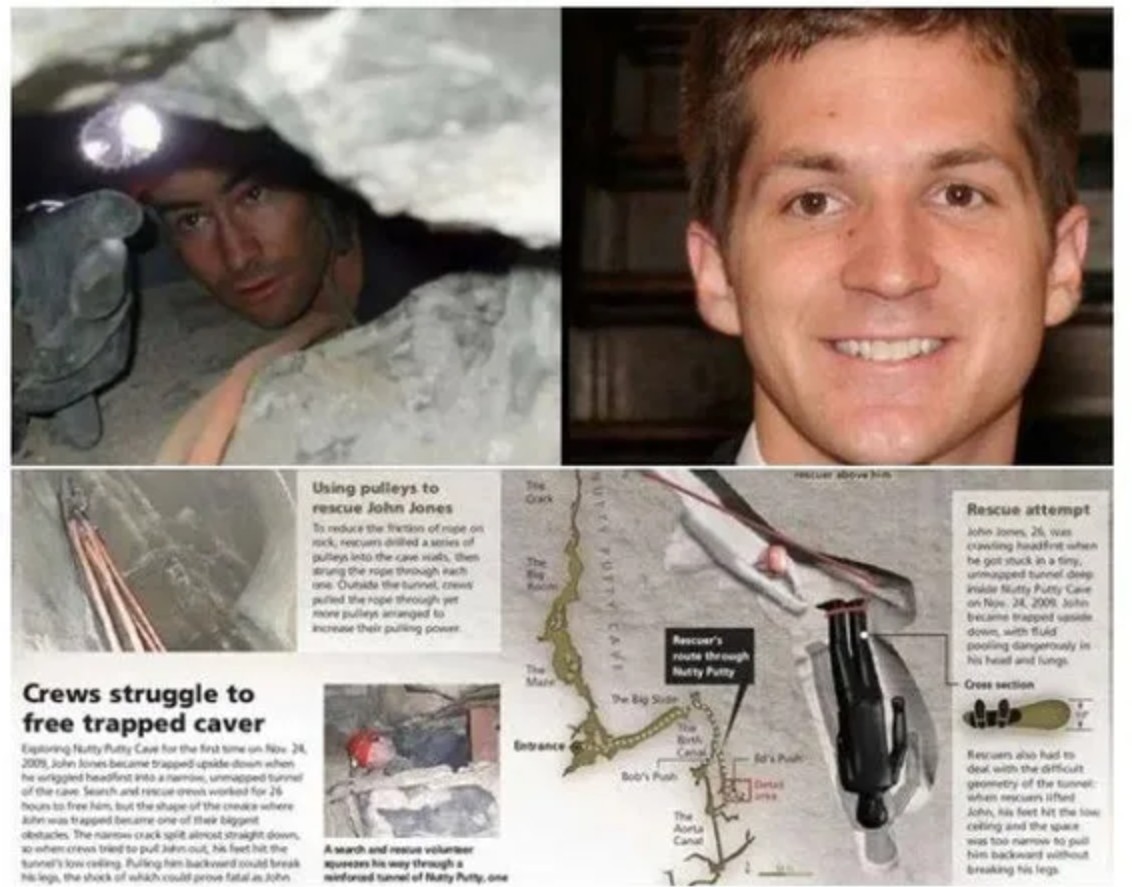
How the Crystals Grow: Heat, Time, and the Magma Heart
Beneath Naica lies a magmatic heat source about 5 kilometers below. Twenty-six million years ago, hot mineral-rich water filled underground cavities. When temperatures exceeded 58°C, anhydrite formed. As the water cooled, the anhydrite dissolved and crystallized as selenite—an especially pure gypsum variant. Crystal growth is maddeningly slow: millimeters over thousands of years. This patient process produced crystals reaching 11 meters in length and weighing as much as 55 tons—the largest ever found on Earth. By comparison, the nearby Cave of Swords, opened in 1910, contains crystals that rarely exceed a meter due to faster cooling.
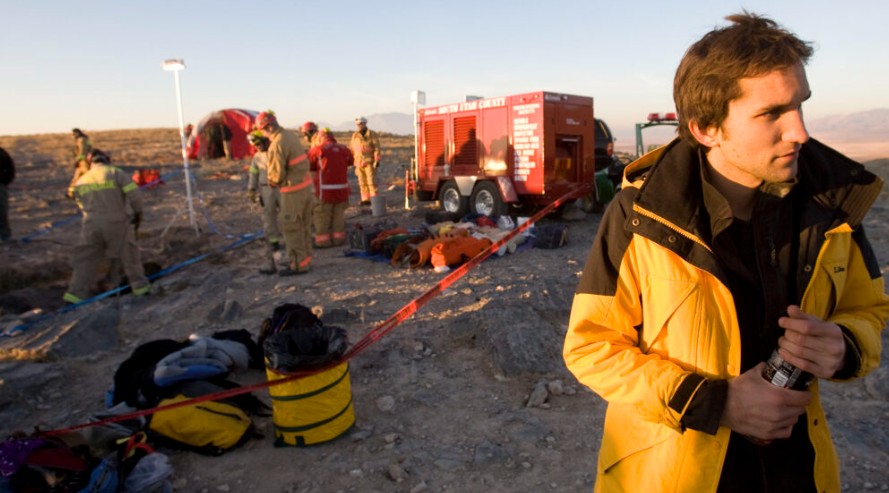
The Dilemma: Preserve the Cave or Learn from It?
From the moment of discovery, the cave faced an existential threat: pumps that were keeping the mine dry were stripping the cavern of its mineral-rich water. Without that water, selenite turns cloudy, cracks, and crumbles. Even scientists venturing inside wear cooling suits and keep visits under about 45 minutes. In 2015 mining operations paused, but pumps keep running for science. The paradox is stark: to preserve the cave, it would have to be flooded, which would seal it from future study forever. A three-dimensional digital model has been created, but it is still only a shadow of the real thing. Debates rage: some argue for sealing and reflooding; others insist that knowledge matters and the cave should be studied while possible.
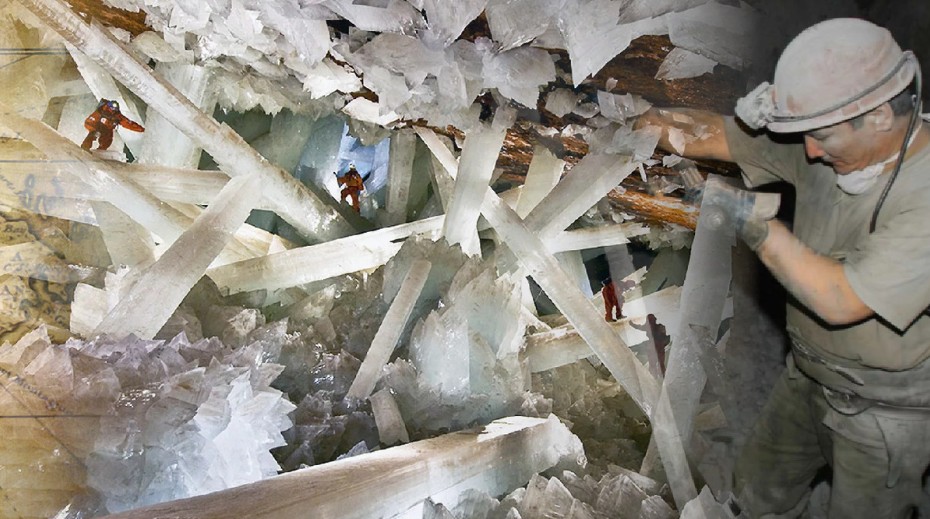
A Contested Legacy: What Should We Do With a 26-Million-Year-Old Crystal Hall?
Nature labored for longer than the existence of humanity to craft this hall. In two decades of human curiosity, we risk destroying it. The debate is urgent and unresolved: seal and flood the cave to preserve it for future generations, or continue studying it now, hoping to learn before it vanishes. Some researchers argue that the knowledge gained justifies ongoing study, while others argue that preservation should take precedence. No matter the choice, the Crystal Cave remains a powerful reminder of how slowly nature works—and how quickly we can interrupt it.
